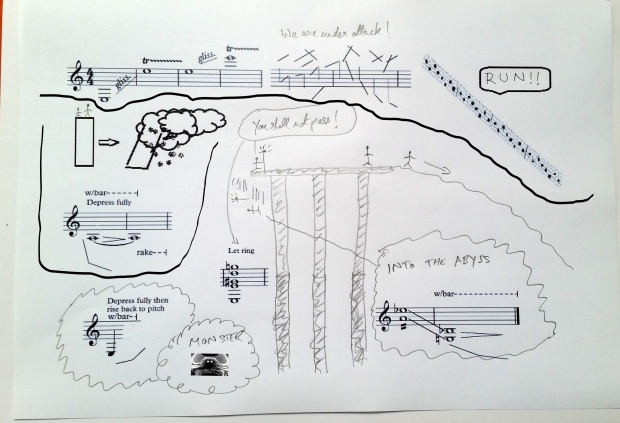Amadeus
This must be the third time I have watched Amadeus and I think it’s an excellent film.
Some highlights…
When Salieri asks the priest whether he recognises any of his own compositions (that he plays on a clavichord) until he gives in and starts playing ‘Eine Kleine Nachtmusik’ to which the priest finally lights up in recognition.
The very first depiction of the adult Mozart chasing a girl round a palace, his juvenile and scatological humour, his ability to speak words backwards, all in contrast to the rather grand and official surroundings of Archbishop Coloredo’s palace.
The debate over the use of German or Italian language in opera, as well as whether classical myths should be used or more profane subjects were acceptable, the king’s disapproval of ballet and the politics of theatre and opera. The allusion to the upcoming French Revolution and the relationship of Marie-Antoinette to Joseph II (they were siblings).
The success of Salieri’s opera compared to the apparent limited success (at the time) of Mozart’s operas. I don’t think this is historically correct and according to Grove:
‘Contrary to what is often stated, Figaro was generally liked, as is indicated by the emperor’s ban on excessive encores (only arias were to be repeated). There were, however, only nine performances in 1786; the Viennese preferred other works, such as Martín y Soler’s Una cosa rara…’
So it’s a bit of a mixed picture, though there seems little doubt that Salieri’s music was popular at the time
“From a pretty wide examination of the annual reports of the principal German theaters of those days, I draw the conclusion that in the original Italian or in German translations, the more important works of Salieri were far more popular and much oftener given than those of Mozart, while the Grotta di Trofonio was at least as much performed as Mozart’s Entführung…” – Alexander Wheelock Thayer, Salieri: Rival of Mozart
The Magic Flute was clearly a popular work from the outset:
In Vienna, there were 20 performances in the first month, and publication of extracts began in November; Schikaneder had given over 200 performances by 1800…
It’s true that Salieri ended his days in an asylum and may even have tried to end his own life, but as Michael Steen explains:
If indeed he [Mozart] was poisoned, by far the most famous suspect is Salieri, who confessed to this crime in a moment of senile dementia a third of a century later. Like many courtiers, Salieri was a schemer, but he was fundamentally well meaning and tried hard to help other composers; he was, for example, the only teacher Schubert ever acknowledged; and he taught Liszt and Meyerbeer. Mozart’s visit with him to see The Magic Flute was amicable. The myth that he murdered Mozart may reasonably be considered absurd. Steen, Michael. The Lives and Times of the Great Composers (p. 169). Icon Books Ltd. Kindle Edition.
So, Amadeus, a great movie that mixes up fact and fiction to provide an interesting if somewhat fictional storyline.
Steen, Michael. The Lives and Times of the Great Composers (p. 169). Icon Books Ltd. Kindle Edition.
https://musichistorymatters.org/2015/09/07/rivals-mozart-salieri/
https://doi.org/10.1093/gmo/9781561592630.article.O003136
https://doi.org/10.1093/gmo/9781561592630.article.O907810
Review of Amadeus and correction of historical inacuracies in the movie, by Nick Hodges on the History Buffs Youtube channel
